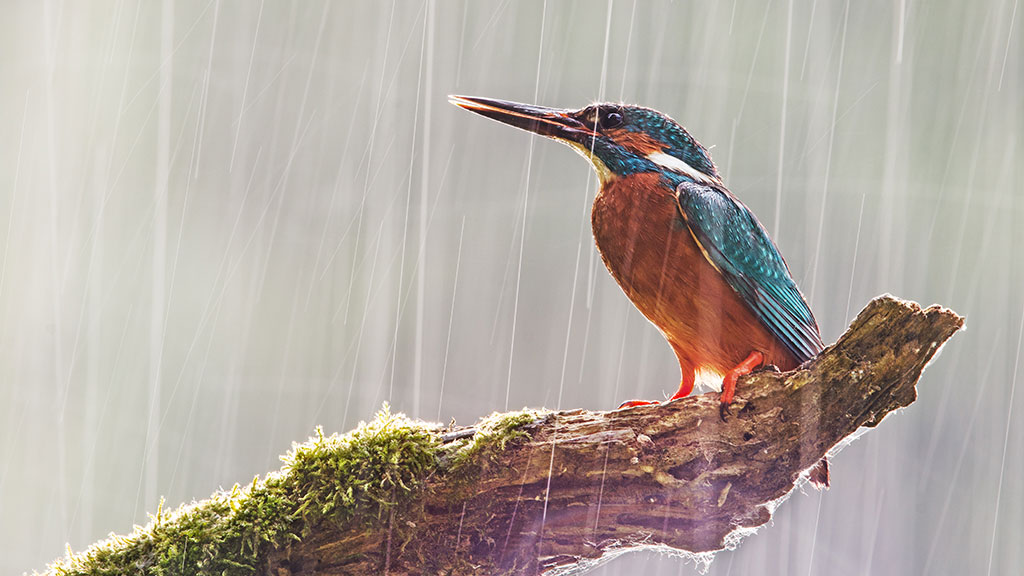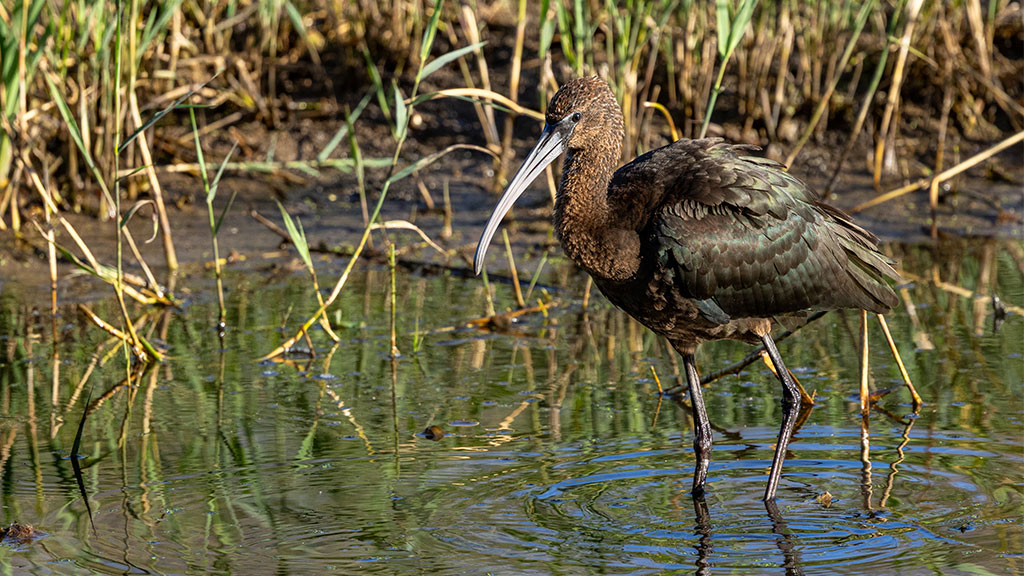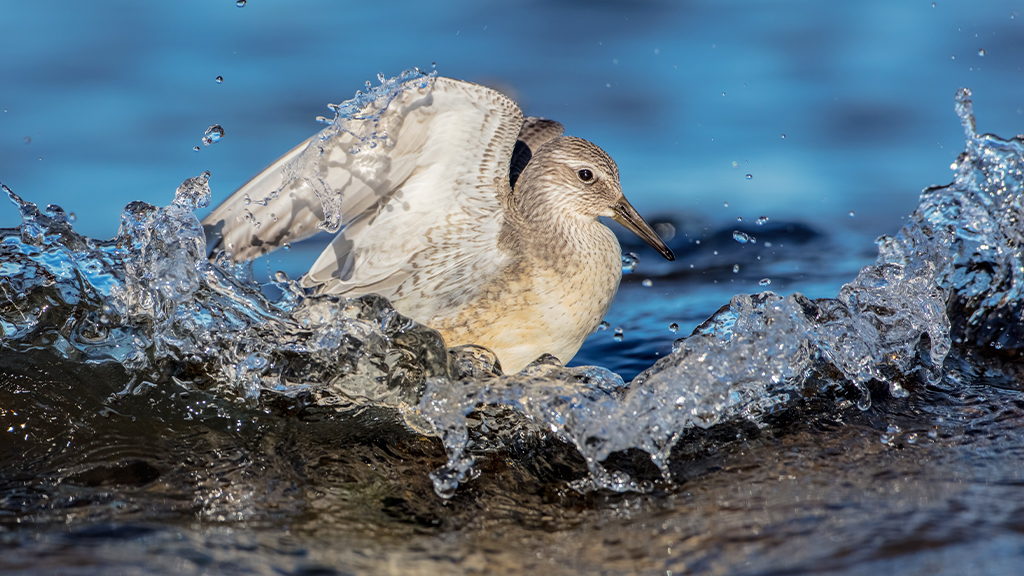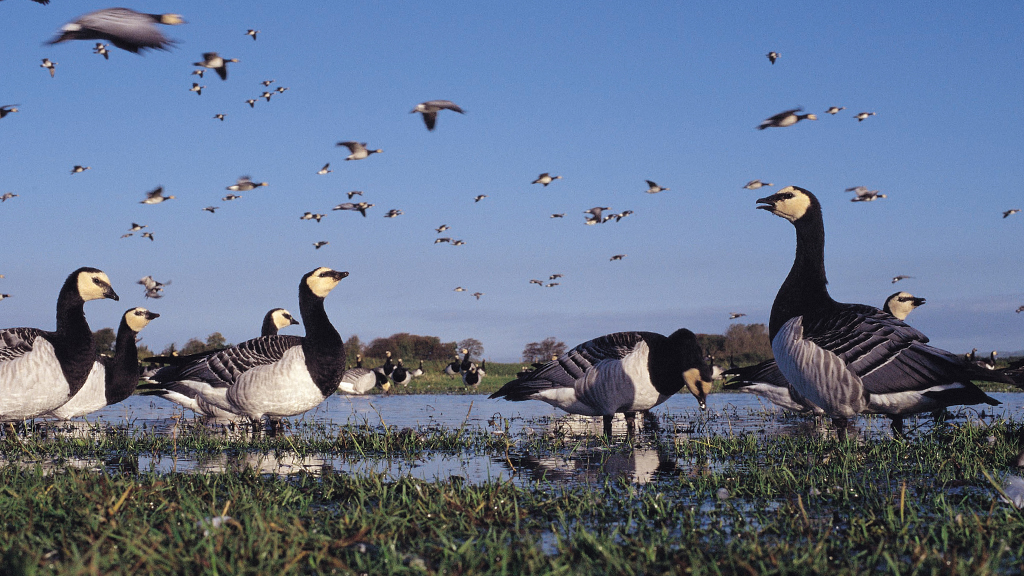Explore with Steve Backshall: Wildlife journeys
Get ready to wow your grown-ups with some amazing wildlife facts this autumn, thanks to top adventurer and all-round wildlife legend, Steve Backshall.
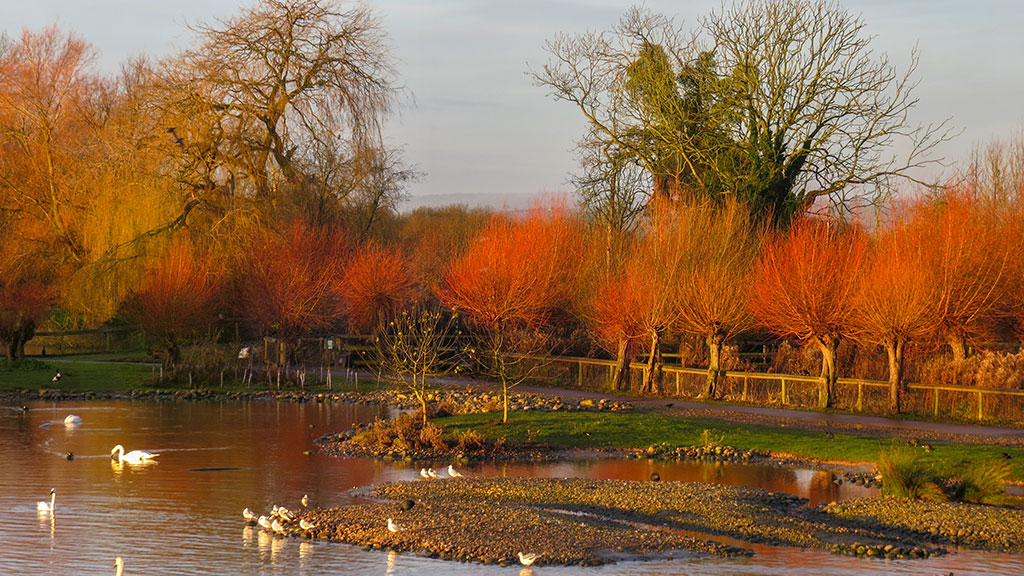
In my work, presenting TV programmes about wildlife, I’m lucky enough to go on all sorts of wonderful journeys.
The great thing about going on a journey is the tingle of excitement as you set off. What will you discover when you arrive? What will you see on the way? Sometimes, the getting there can be just as thrilling as the arrival.
You probably know what I mean. Every time you go on holiday, you’re taking a journey. You’ve probably been on car and train journeys for days out, too, looking out of the window and seeing things for the first time. In fact, people often talk about life as a journey, because we’re finding out new things all the time as we travel through the years.
But we humans aren’t the only ones to take journeys. Every autumn, birds set off from different parts of the world to make their way to the UK to spend their winter here. Many of them will be making incredible journeys – and that’s exactly the theme that you’ll be able to explore when you visit your local WWT centre this autumn.
High there!
If you were to sit on the roof of an average-sized house, you’d be quite a long way from the ground, wouldn’t you? Now imagine piling 800 houses, one on top of another, and sitting on the roof of the house right at the very top. You’d be so far up, that you’d be looking down at the clouds.
But if you looked up, you’d see something amazing. Every year, bar-headed geese migrate from their breeding grounds in Mongolia and Russia to their winter homes in South Asia, and they cross the Himalayas in the process, flying at heights of well over 7,000m. That’s nearly as high as a long-distance passenger aeroplane! There’s not much air at such a height, so the geese have special breathing processes to help them get as much oxygen as possible. Amazing!
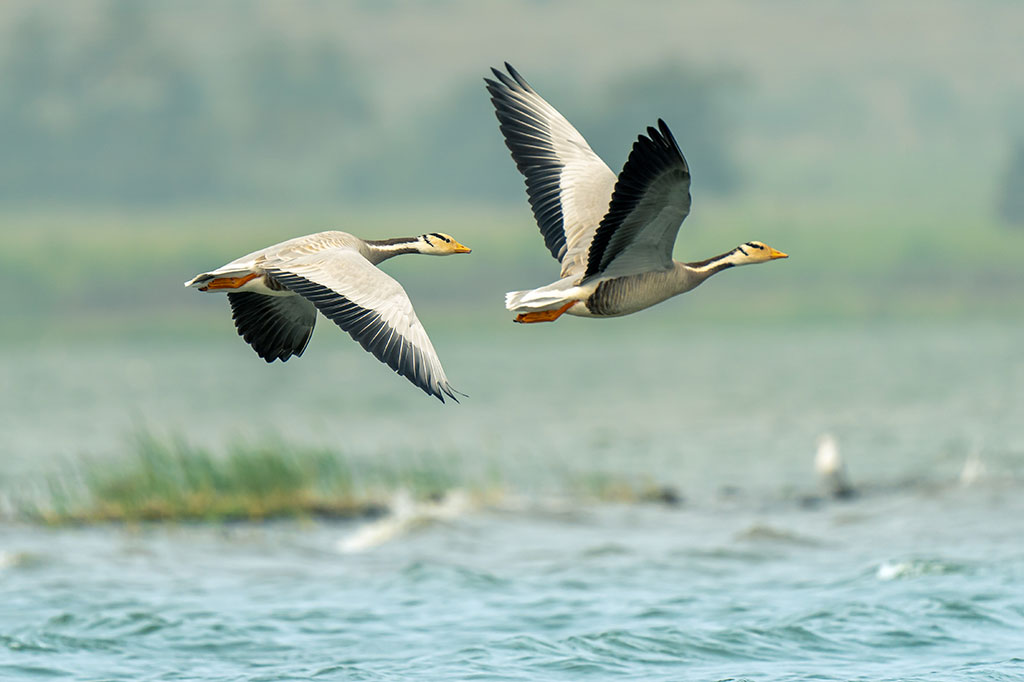
Tern the world about
If you were to walk without stopping for an hour, at a steady speed, you’d cover about two and a half miles. So, imagine walking non-stop, day and night, for two years! Even then, you wouldn’t cover the distance that the amazing arctic tern manages in just one year. Research has shown that this bird averages about 44,000 miles, crossing from the northern hemisphere to the southern and back again.
As you know, it’s summer here during the middle months of the year. But at the other end of the world, countries such as Australia have their summers during our winter. Because it travels so far, the arctic tern enjoys both summers, and probably sees more daylight than any other animal.
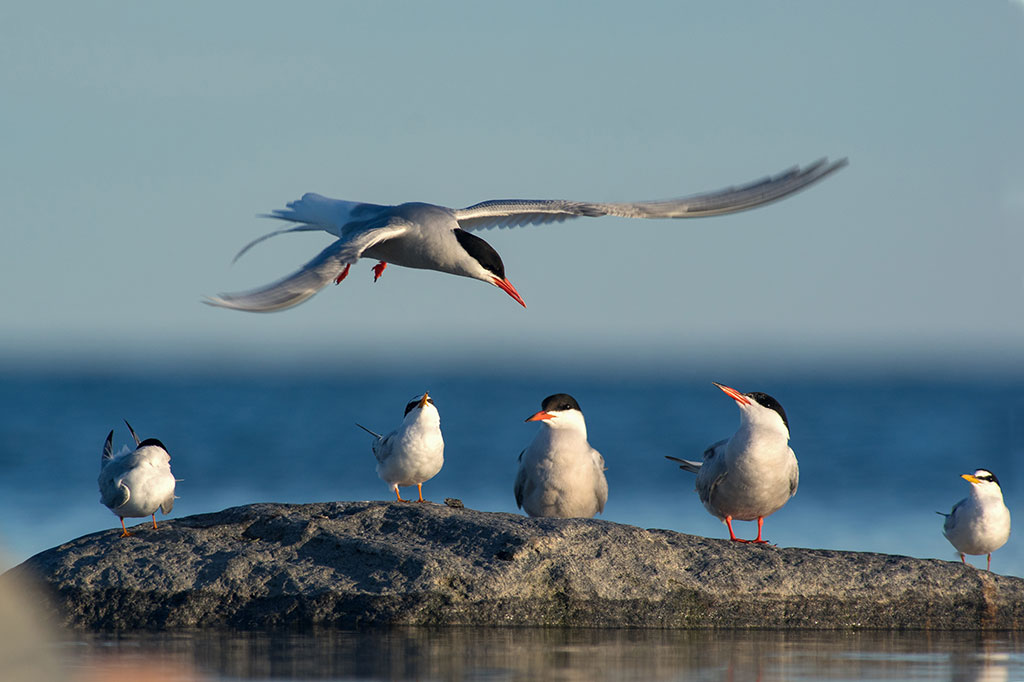
Ready to visit?
Enjoy a day out at your local WWT centre this autumn and winter, to spot migrating birds having a well-deserved rest. Not a member? Book online and save time on arrival.
Book your day out here